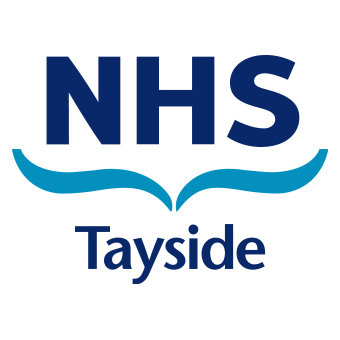Stable paediatric patients with a peripheral extremity injury are excluded from the pathway above, as they do not require ScotSTAR input. These are patients who require ongoing management in a PMTC as the TU/LEH is unable to provide definitive care requiring a scheduled response transfer. These patients will be referred directly to their closest paediatric MTC and a road ambulance would be phoned after this discussion. The referring clinician will phone for a road ambulance transfer, using the Scottish Ambulance Service NOW criteria (Now; one or two hours; within four hours). As these referrals are stable and do not require the input of ScotSTAR or SSD, this avoids making unnecessary demands on these services and they can be arranged directly. Stable paediatric patients with a peripheral extremity injury in the North of Scotland will be referred to the SSD and paediatric ScotSTAR pathway. Whilst these patients will not require ScotSTAR retrieval, the retrieval logistics and distances involved in secondary retrieval in this region benefit from this process. The SSD desk will assist the referring unit in organising the transfer for this cohort of patients.
